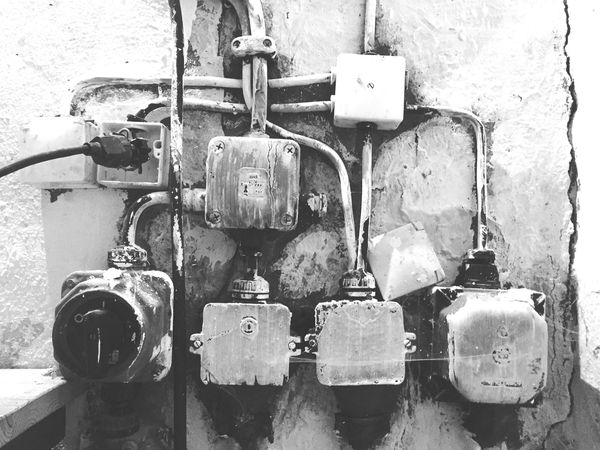Single pole circuit breaker
WHAT IS SINGLE POLE CIRCUIT BREAKER?
Is The standard for circuit breaker panels is either single or double-pole circuit breakers. Single-pole breakers are an important part of electrical distribution as a safe way to manage branch circuits from a circuit breaker panel. Single-pole circuit breakers supply 120-volt power to circuits, while double-pole circuit breakers supply 240-volts to circuits. Single-pole breakers come in a wide range of amperage ratings, with 15, 20, and 30-amp circuit breakers being the most commonly used in most household installations.
Just think of how many outlets, appliances and devices are controlled by a single-pole circuit breaker in your home. Now consider the tools that you use in your garage that are powered by these circuit breakers. As you can see, there are so many things that depend on a single-pole circuit breaker to power and protect from overloads. As easily as they trip when there is a problem, they can just as easily be reset with a flip of the switch, barring a short or overload on the line. As with all electrical projects, safety should be your first thought. Always stand to the side, not in front of, the circuit breaker panel when resetting the circuit breaker.
These circuit breakers come in different shapes and sizes, depending on the manufacturer of the circuit breaker box. Single-pole breakers supply and protect 120-volt branch circuits from the service panel. They have a handle to manually turn the circuit breaker both on and off.
This handle has a specific amperage labeled on it that is the maximum amperage allowed to pass through the circuit breaker before it trips.
The single-pole circuit breaker is designed to trip if the amperage rating labeled on the handle is exceeded. This occurs when the circuit is either overloaded or a short circuit occurs somewhere within the branch circuit that it is connected to.
An overload occurs when too many things or too great a load is connected to any one circuit. A short circuit occurs when the hot wire is forced to connect to either the neutral or ground wire within a circuit. It could be a motor winding shorting two wires together or as simple as a hot wire falling off of a terminal within an outlet box and hitting the ground wire.
Single-pole circuit breakers supply many things throughout the home including general lighting, outlets, furnaces, electric baseboard heaters, fans, all types of 120-volt appliances, curling irons, hair dryers, vacuums and many other everyday 120-volt electrical appliances. But the list doesn’t stop there. They control outdoor lighting, electronic devices, air conditioners, and those power tools many of you use in garages and outbuildings.
So you see, single-pole circuit breakers are a very important part of your overall electrical circuit protection safety devices and they do their job very well. Many single-pole circuit breakers have a clear peep sight that shows red when the circuit breaker has tripped. This along with the handle moving to a center position gives you a clear indication of which breaker has had trouble on it.
The nice thing about circuit breakers is that they can easily be reset from a tripped state.
Single-pole breakers take one slot in a circuit breaker panel. However, there is a breaker called a tandem breaker that takes one space but has two separate single-pole breakers in that one space. I know it boggles the mind to conceive the thought, but it really does.
Single-pole breakers come in many different brands made by different manufacturers. Just because they may look similar, they are in fact brand specific. That means that a single-pole breaker from a Square D circuit breaker panel should not be used in a General Electric panel. They each have different specifications, tensions, and different mounting methods. In fact, some wouldn't work in another electrical panel even if you tried to use it.
Using a circuit breaker from another manufacturer is not safe and undoubtedly voids any warranties the company has for its equipment.




Comments
Post a Comment